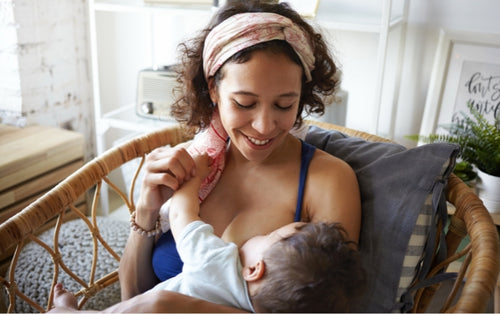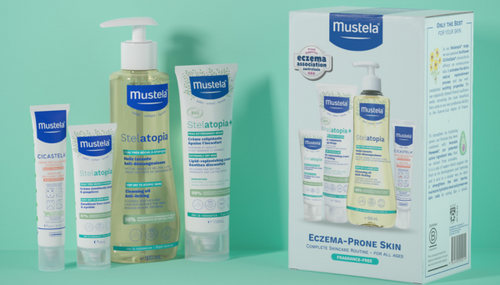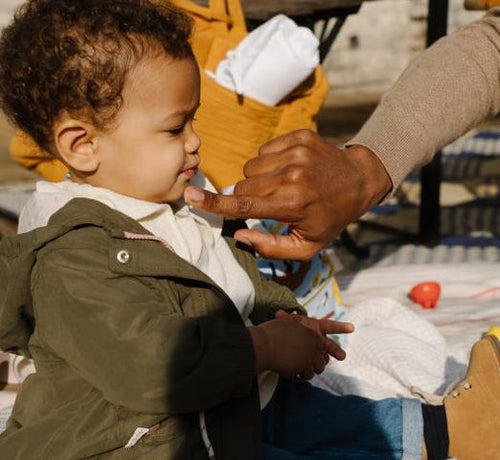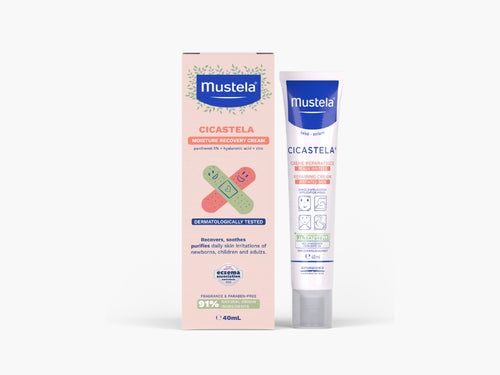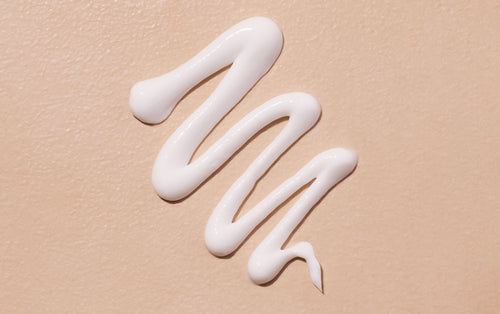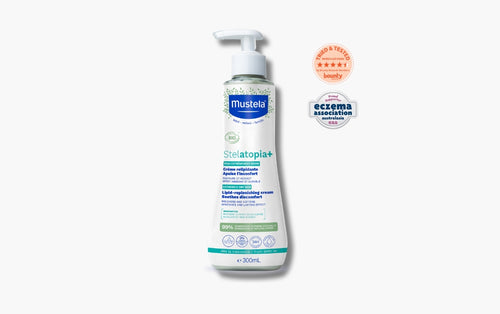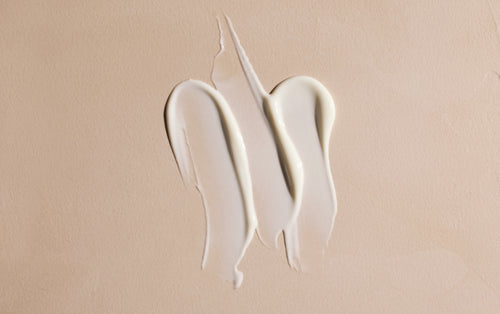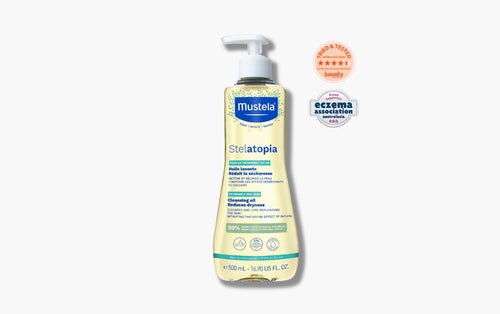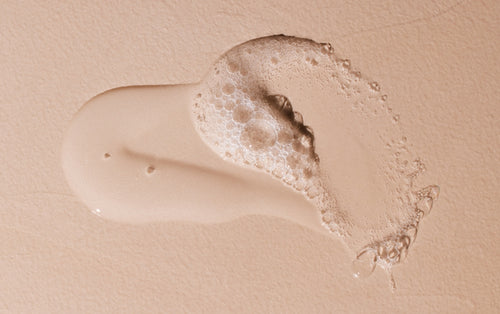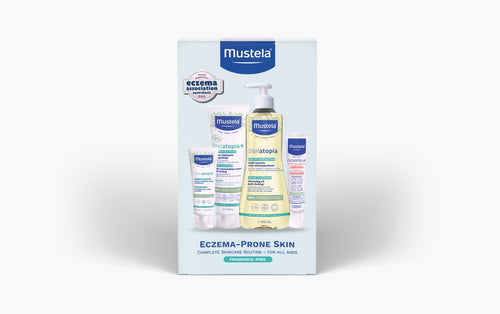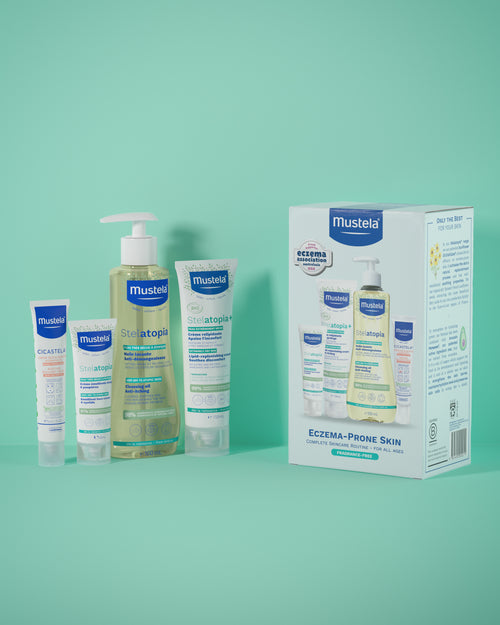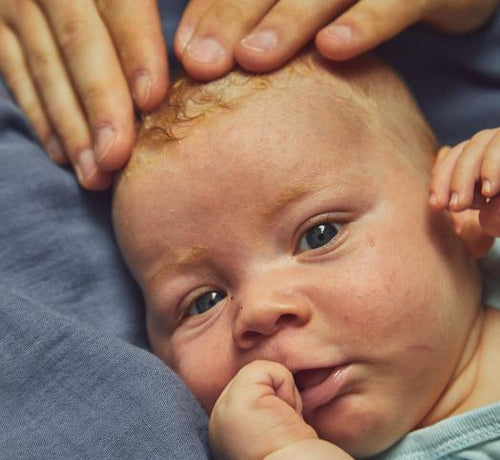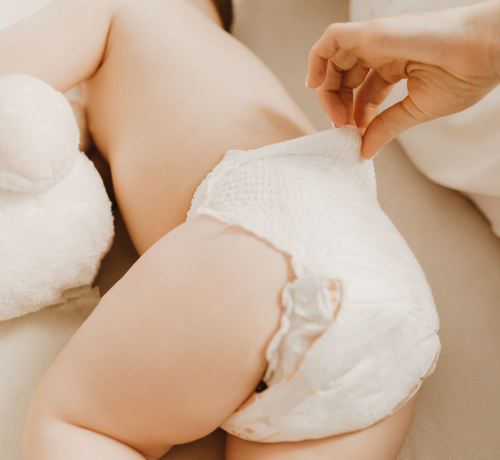Haematoma or bruise?
In the medical vocabulary:
- The bump is called a haematoma,
- A bruise that is not raised, is called an ecchymosis.
They are formed because of haemorrhage related to physical shock, which causes a rupture of small blood vessels. As they heal, they will successively change colour (purple, blue, yellow,...) during the length of time that the body takes to breakdown haemoglobin, the compound that gives blood its red colour. A new bruise will be more red and a bruise on its way to being healed will be more yellowish.
Bruises are not typically something to cause undue worry. Usually, they are a surface injury that requires no medical attention.
But, in some cases, you may want to seek medical attention for the bruising, such is the case with a haematoma which may be related to more significant trauma.
How to identify the severity of the bump?
The severity of the bump depends on several factors:
- Height of the fall
- Type of surface and shape of the object or the surface hit
- Speed of the impact and area of impact.
It is important to be particularly vigilant if you did not see the fall.
Usually, these small injuries are not serious. However, you should consult a doctor in the following cases:
- Your baby is less than 6 months old.
- His or her cries do not subside after 5 to 10 minutes.
- The bump concerns an area at risk:
- The head. In case of a bump to the head, make sure that the child has not lost consciousness, and that he/she has not shown unusual behaviour in the next 24 hours: vomiting, excitement, apathy, which can be a sign of a head injury.
- Eyes. Be suspicious if the eyelids have trouble opening or if vision seems impaired.
- If there is a haematoma of the nasal septum (the cartilage between the two nostrils), which may be deviated during the impact, consult an ENT specialist.
- Teeth. Even if it occurs on baby teeth, a bump can have longer-term consequences on the growth of permanent teeth. We recommend that you consult a dentist.
- If the bruise is extensive and causes pain, consult a doctor who can drain the blood.
- The groin and genital area will require a medical consultation.
Steps to take to treat bruises, blows and bumps
- Isolate the child to put him/her in a quiet place
- Apply ice to the bump, wrapped in a towel or a cloth and never on the skin. This will limit the flow of blood under the skin.
- Maintain a light compression if necessary (maximum 10 minutes)
- Massage lightly with a soothing/recovery cream.
- As a rule of thumb – if at all worried, seek medical attention.
- And of course, don't forget the hugs and kisses that will comfort!

